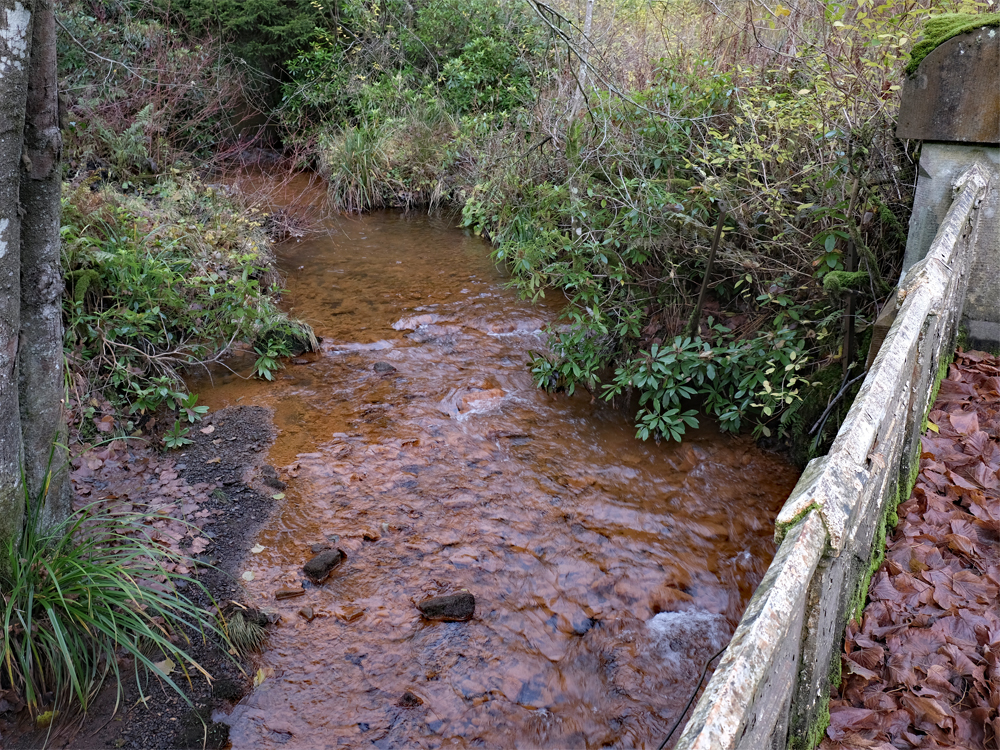Further to our previous post over the condition of the Stottencleugh Burn at Glenbuck, we have been actively catching broodstock trout that enter the burn to spawn. They have been few and far between but this evening we captured 4 pair and stripped and fertilised the eggs before placing them safely in the incubator.

Iron encrusted sediments that are not conducive to egg survival. Most if not all eggs laid in these substrates will perish due to the anoxic conditions that develop in the gravels

A lovely big hen trout that was stripped and her eggs placed in the incubator. She was released after stripping and can deposit any remaining eggs naturally.
While ART has always discouraged stocking and artificial intervention where it can’t be adequately justified, we did seek MSS permission and a license to allow us to perform this activity at Glenbuck. With the owners permission, we aim to give the trout a helping hand as natural spawning success in this burn is severely compromised by the iron oxides that coat the bed of the stream. These iron inputs come from historic and perhaps more recent mining activities.

Carefully stripping most eggs from a hen trout

Once the females were stripped then came the males and the eggs were fertilised.
There will be minimal intervention with these trout eggs and really the only thing we aimed to do was prevent them spawning in the burn where the eggs almost certainly fail. Instead we stripped them artificially as pairs and then fertilised the eggs. they will remain in the incubator until several weeks after hatching when they will start swimming about and take their escape via the overflow pipe into the Hareshaw Burn (which has reasonably good water quality) and from there they can descend to the loch when they choose. Hopefully this minimal action will allow the stock of wild trout in Glenbuck to continue. It certainly is unlikely to have any negative impacts as we will not feed or interfere in any way beyond the fertilisation stage.

A tray of eggs in the incubator where they will develop and hatch before escaping via the outlet as ‘swim up fry’. we aim to influence survival and natural selection as little as we possibly can.

We count eggs stripped this way and assess the success. Using these methods, we hope to achieve up to 97.5% fertilised eggs which is far more than would be achieved in the wild.

